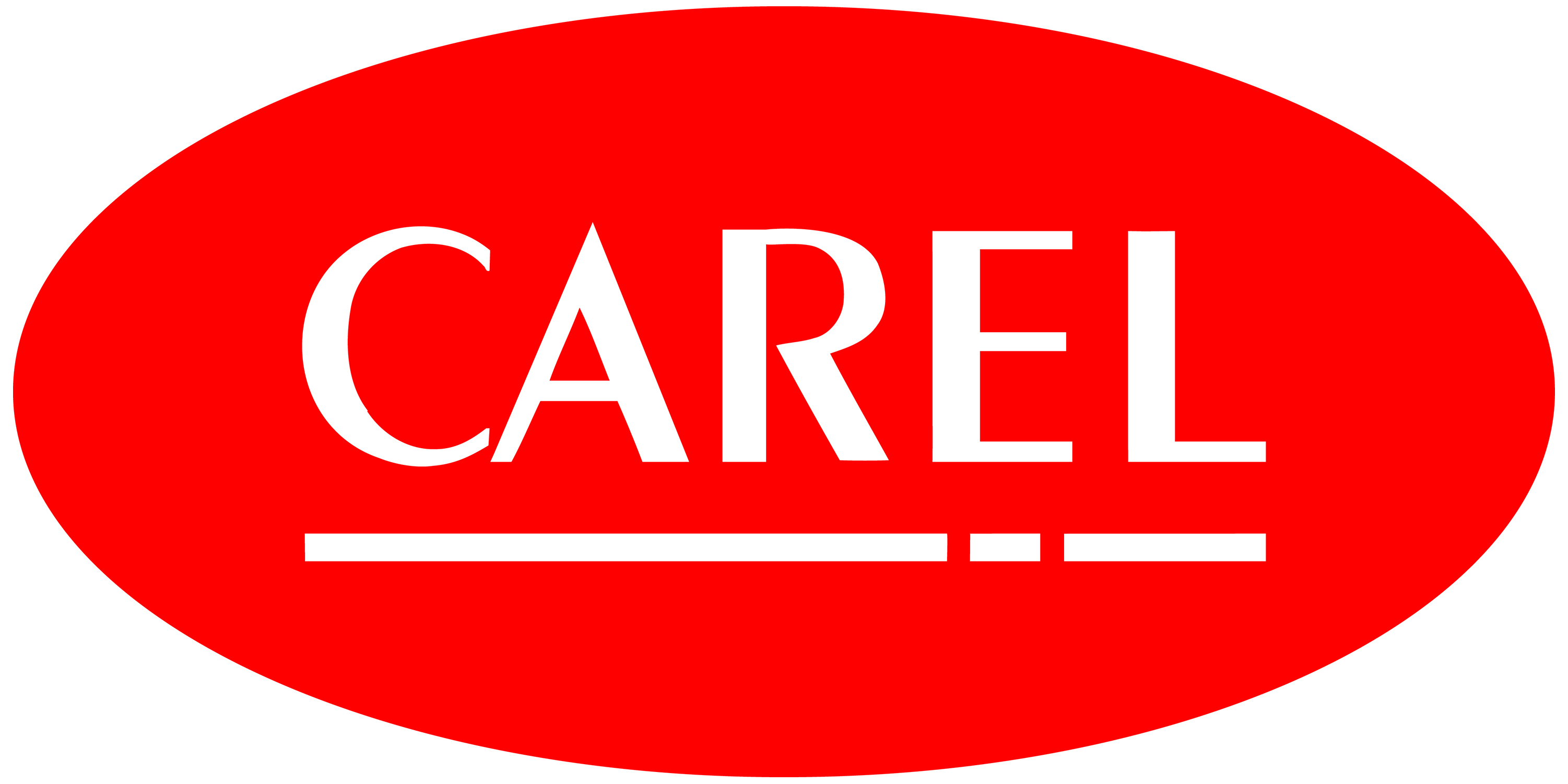What's air-conditioning?

Both industrial refrigeration and air-conditioning are based on the same mechanism: a fluid, generally water or air, is cooled by evaporation of another fluid, called the refrigerant. The refrigerant circuit, comprising the compressor, evaporator, condenser and expansion device, is an integral part of both systems. Nonetheless, there are substantial differences between refrigeration and air-conditioning systems, for example as regards the components, the design methods, the commercial or industrial structures where they're installed and their operation, such as to justify the existence of two distinct market sectors.
Air-conditioning is that process used to create and maintain certain temperature, relative humidity and air purity conditions in indoor spaces. This process is typically applied to maintain a level of personal comfort.
It's also used in industrial applications to ensure correct operation of equipment or machinery that need to operate in specific environmental conditions or alternatively to be able to carry out certain industrial processes, such as welding, which produce considerable amounts of heat that needs to be disposed of in some manner.
An air-conditioning system must be effective regardless of outside climatic conditions and involves control over four fundamental variables: air temperature, humidity, movement and quality.
The distinction between industrial and personal comfort applications is not always clear cut. Industrial air-conditioning usually requires better precision as regards temperature and humidity control. Some applications also demand a high degree of filtering and removal of contaminants.
Comfort air-conditioning, on the other hand, as well as needing to satisfy personal temperature-humidity requirements, also involves other fields such as; Architectural design, weather forecasting, energy consumption and sound emissions to recreate the ideal conditions for human psychophysiological well-being.
The main process underlying air-conditioning is the exchange of heat and water vapour between the indoor and outdoor environments and the people inside the air-conditioned space.
The principal appliances used in home and industrial air-conditioning are:
- Packaged, split or multi-split air-conditioners for home use;
- Residential heat pumps;
- Air handling units for medium/large spaces;
- Rooftop units, air handling units for small spaces;
- Shelter units, air-conditioner for telephone exchanges;
- Industrial chillers and heat pumps, units that produce chilled or hot water that's then used to air-condition the environment or equipment;
- Close control units, precision cooling units for servers or telecoms equipment;
- Fan coils and hydronic systems, systems using chilled water circuits and terminal units for air-conditioning buildings.
These differ significantly in terms of size, complexity and cooling capacity, which may range from several hundred watts into the megawatts, components and in general which of the main air-conditioning functions are implemented, i.e.:
- Cooling of air or water;
- Heating of air or water;
- Air dehumidification;
- Air humidification;
- Air filtering/purification;
- Mixing of air indoor/outside air;
- Ventilation.
Home air-conditioners, for example, mainly cool the air taken in from the air-conditioned space in a closed circuit. Such cooling also dehumidifies the air as some of the moisture this contains condenses inside the air-conditioner (in the form of droplets) and is then collected and discharged outside via a rubber hose.
Close control units, on the other hand, being designed for critical environments housing servers or telecoms equipment, need to manage air temperature and humidity over a very limited range, and therefore not only cool and dehumidify the air but also apply fine temperature and humidity control using electric heaters and humidifiers.
More complex air handling units include all the functions described above, usually housed in separate compartments.
Chillers handle water rather than air, which is cooled to a temperature around 0°C (or lower if mixed with antifreeze) or heated by reversing the refrigeration cycle.
The ventilation, filtering, mixing and often heating functions are managed using relatively simple dedicated components, respectively fans, filters, dampers and electric heaters or boilers, while the principle and more complex functions are managed by likewise complex systems such as refrigerant circuits and humidifiers (see "MAKING IT COLD (AND HOT)" and "HUMIDIFICATION").
Special mention also needs to be made of the solution commonly used to deliver cooling capacity that exploits the evaporation of a fluid inside a circuit placed in contact with the environment being cooled. The principles underlying this technology are again quite complex.

